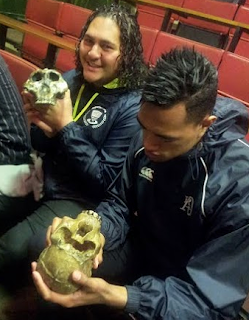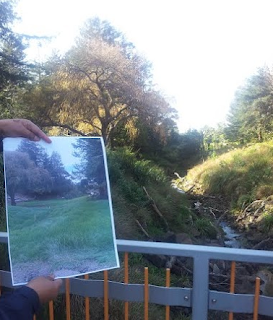Hey Tyrone, what are you listening to?
Oh it's a new song, it's called the Respiration Rap Trap!
How does it go, maybe I know it!
"oxygen and glucose, this changes to CO2 and water yaaaa, don't forget the ATP-"
"-ok ok, let's just listen to the full rap!
Here you go:
Lyrics:
Tamaki Production
Biooo Babes
Yaa-a-
Oxygen and Glucose
VERSE 1
I’m like hey what’s up? Respire.
Need some energy for my cell life pro-ces-ses.
I just wanna turn, (pause) some glucose into it.
Use mitocondria, oxygen and the glucose.
Show you how to change it, making ATP for sure.
Make some more stuff, like water and a gas.
Carbon dioxide, what a waste product.
Energy requires, four main reactions.
With in and outer membrane, and a cristae, matrix though.
Man I swear I love it how it works in me for,
Making energy, in my different tissues,
Muscles they have many, cause of work that they do,
Other tissues they have less, less energy on show.
CHORUS
Oxygen and glucose
this changes to, CO2 aaandwater, yeaah,
Don’t forget the ATP,
It’s the energy for the cell from respiration yeaah
Mitochondria baby,
The folded cristae in-crease surface are-aaahh
Mitochondria baby,
Found more in the tissues that need more energy
I’m like “hey whats up?” Respire.
VERSE 2
Glucose enters the cell, in the cytoplasm it sits,
splits in two, this is called glycolysis.
I just might tell you now that the two molecules
Are called pyruvate, and now more reactions accelerate.
They go in mitochondria, and the link reaction happens,
on the cristae they roll through to the Krebs Cycle happy that they’re still on the cristae, there’s like a thousand reactions,
all you need to know is,
that the Krebs cycle happens.
CHORUS
Oxygen + glucose
this changes to,CO2 aaandwater, yeaah,
Don’t forget the ATP,
It’s the energy for the cellfrom respiration yeaah
Mitochondria baby,
The folded cristae in-crease surface are-aaahh
Mitochondria baby,
Found more in the tissues that need more energy
I’m like “hey whats up?” Respire.
VERSE 3
Electron-tran-sport chain pumps out hy-dro-gen ions,
Falling down concentration gradient it’s own,
Makes the ATP, now you definitely know,
Cause respirate or nothing,
Re-re-respirate or nothing!!
Yeah,
You heard my class.
We sound like a million mitochondria on this track.
And there’s more mitochondria in cells and tissue that need more energy to do more work.
Put your mitochondria where your mouth is so it can keep running.
Mitochondria make cell money.
We rollin in it.
Yeah.
Tamaki Productions.
Shh.











































